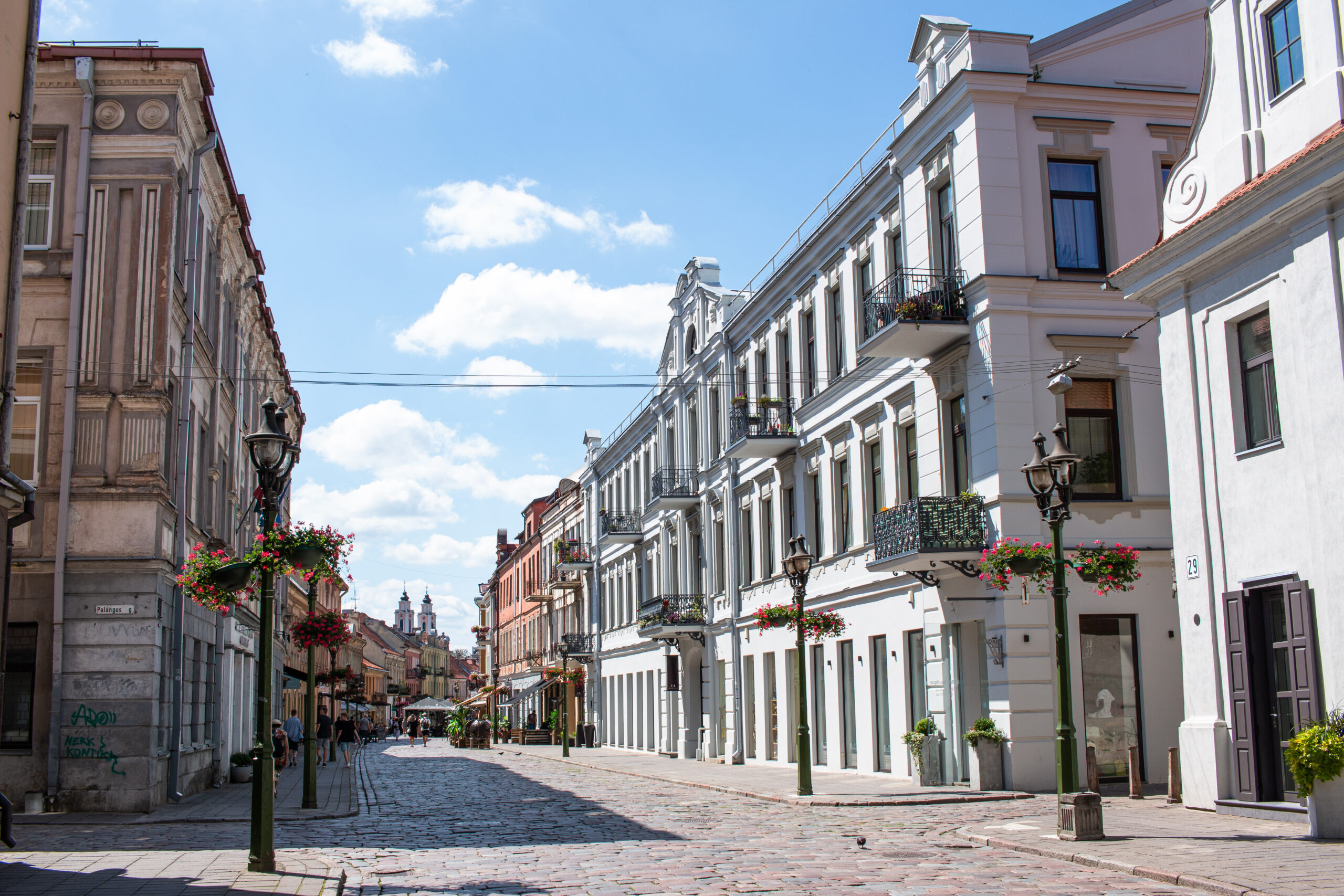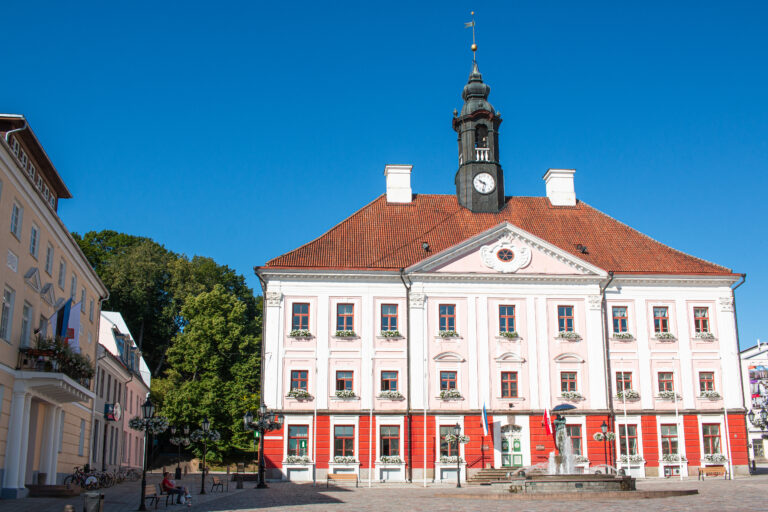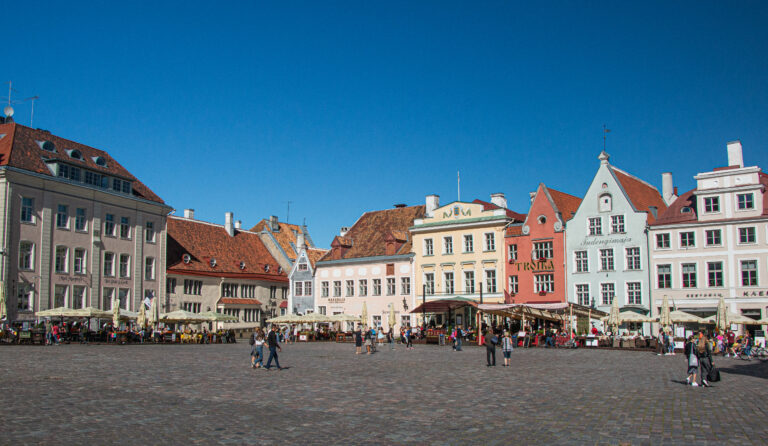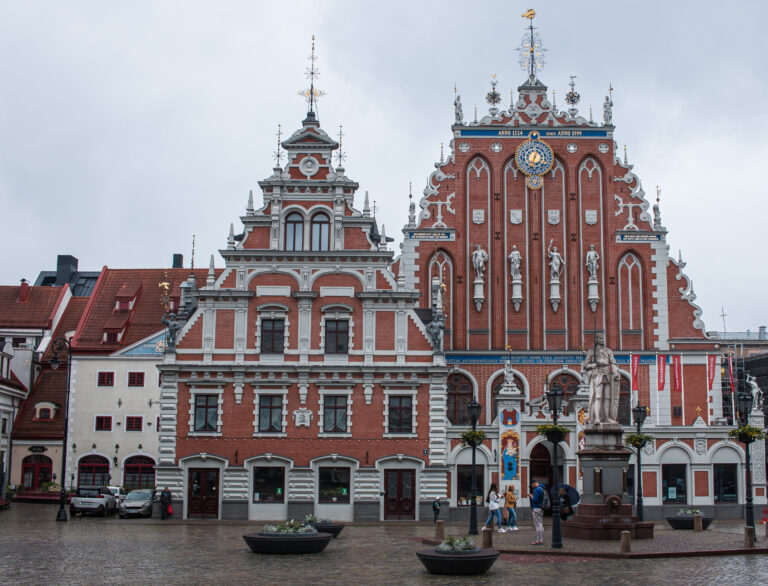Kaunas
As Spain woke up following the COVID-19 lockdown, fewer than twenty of us boarded the flight from Palma de Mallorca to Kaunas, Lithuania. I got the impression that I was the only traveller, and that everyone else was going to visit family and friends.
Life in Lithuania’s second city also seemed to be reaching out for normality. The summer sun was out and the people of Kaunas were once again enjoying their outdoor café society. It has elegant examples of both modernist architecture of the 1920s and 1930s, as well as the Germanic architecture of the old quarters. There are one or two outstanding medieval buildings in Kaunas. A beautiful example is the 14th-century castle which has been partially restored.
For something bizarre, Kaunas is home to the Devils’ Museum. As you would expect, it is eerie and rather creepy but with interesting exhibits and folklore stories. It certainly makes a contrast for this otherwise peaceful and attractive city.
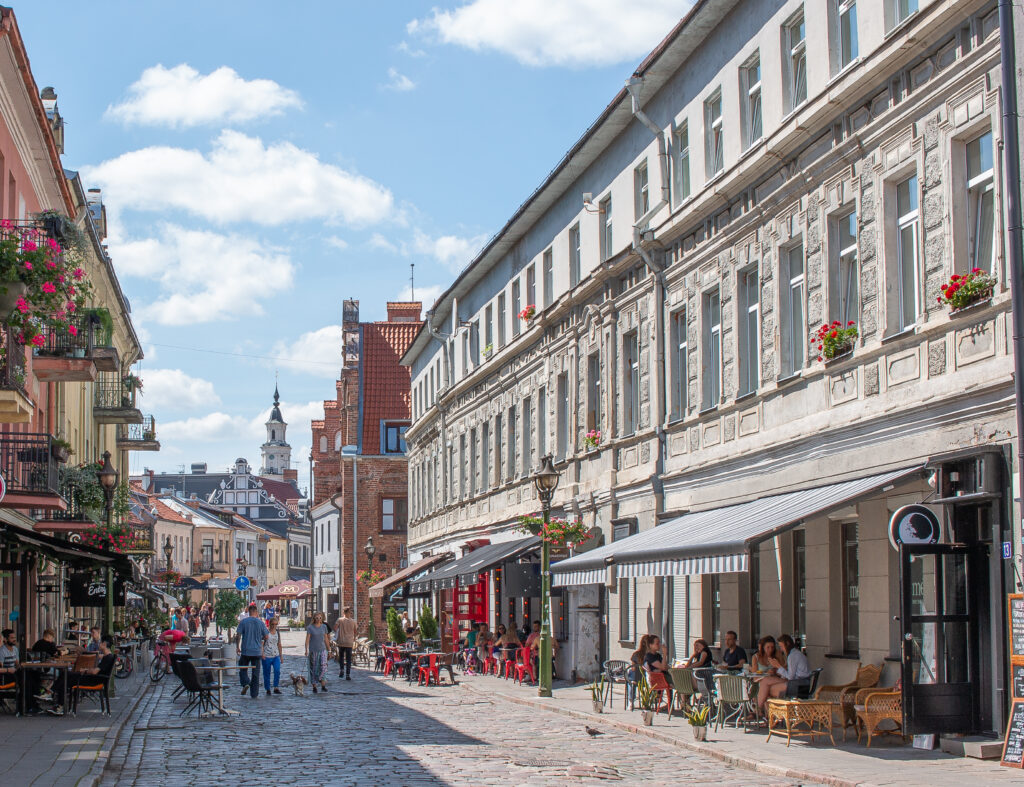





The Holocaust Memorial
A short bus ride out of the city centre is The Holocaust Memorial. It is a sinister and twisted reminder not only of the horrors that took place in the adjoining Ninth Fort during the Nazi occupation of Lithuania, but also during the Soviet occupation.


